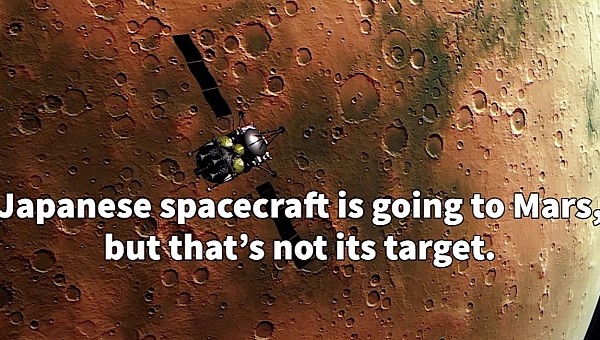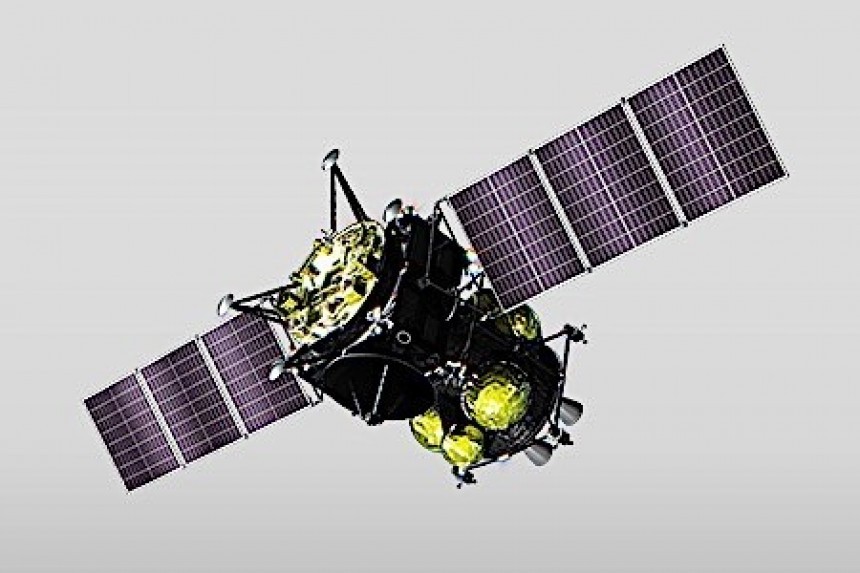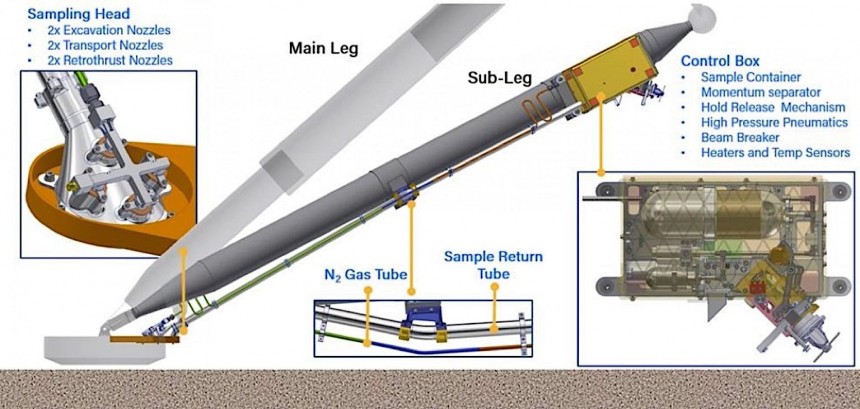Ever since humans became aware Mars is another planet, and not some God shaped like a point of light in the sky, we’ve been looking at the place with a combination of envy and desire. And as soon as we’ve become capable of sending pieces of hardware up there, we’ve done so, in our quest to unlock the place’s mysteries.
Since the 1960s, when Mariner 4 performed the first successful flyby of the neighboring planet, about 50 different missions have been created with Mars in mind, of which more than half were also successful to some degree or another.
True, we’re nowhere near knowing all there is to know about the place that might one day become our second home, but all of the above is more than ample proof we’re trying.
All those exploration missions envisioned here on Earth had Mars itself as a prime target. Yet, there is one facet of the Red Planet that may be equally as interesting, but has never been a true focus of our scientists: its moons.
Mars has two of them. They are called Phobos and Deimos and were both discovered in 1877 by American astronomer Asaph Hall. They are rather small pieces of rock (with Phobos the larger of the pair), and we have no idea how they came to be or what processes they’ve been through.
There are presently two competing theories as to the provenance of the two moons. The first hints at them originally being asteroids. Like many others, they might have approached Mars, but instead of crashing down and leaving a big crater in their wake, they’ve been captured by the planet’s gravity and placed in more or less regular orbits.
The second theory is that both moons formed after a huge impact broke up large chunks of Mars, which later came together in orbit. That’s the generally accepted theory as to how our own Moon formed.
Phobos presently spins around the planet three times per day, approaching the surface by six feet (1.8 meters) every hundred years. This will cause it to either crash down on Mars 50 million years from now, or break up and become a ring surrounding the reddish ball of rock. Deimos, on the other hand, makes a revolution every 30 hours, and it seems in no danger of going extinct.
That puts them both within reach of a possible mission, if anyone ever considers sending one up there. And what do you know, exactly such a thing is currently in the works.
It’s called Martian Moons eXploration, and it’s an effort led by the Japanese space agency (JAXA). MMX for short, the mission also involves NASA and a series of private space companies.
MMX is in essence a chemically-powered spacecraft that will have to approach and study both moons, but also snatch samples from one of them, more precisely Phobos, and bring them back home for study.
When it comes to its design, the spacecraft is nothing spectacular. Just like most other such contraptions ever devised, it comprises a main body where its lander, systems, and subsystems are, as well as a set of solar panels to get power for them all.
Just like another high-profile Japanese spacecraft (Hayabusa2), MMX will be equipped with the tools it needs to collect Martian moon samples, store them, and bring them to Earth.
These two tools are called coring and pneumatic samplers (C- and P-sampler). Only one of them, the P-Sampler, has been detailed for now, after American space company Honeybee Robotics announced it has been brought on board for the project.
To be placed on the MMX lander that will be sent down to Phobos, the sampler will use high-pressure nitrogen gas to stir things up on the surface, essentially lifting whatever material is to be found there. A sample canister collects the material and stores it for transportation back to Earth.
Neither of the parties involved said how much material is to be collected, but whatever the quantity, it should be enough for scientists here on Earth to get a better understanding of how Phobos came to be. And it should also be enough for us to get a better understanding of Mars itself, as no matter how they came to be, the many impacts the planet below has suffered over the eons most likely sent a lot of sediment to Phobos and Deimos, in the form of ejecta.
If the moons are captured asteroids, we’ll learn more about how volatile components, especially the ones needed to support life as we know it (read water), are transported through space. If the moons are the result of a major Martian impact, we’ll probably get an unprecedented view back in time, to the early days of the planet.
A win-win situation, no matter what, and one that has you wondering how come we haven’t done this kind of mission already.
We all know about the Mars Sample Return mission, which will bring back pieces of the Red Planet sometime in 2033. The MMX, however, in the works for many years already, might treat us to pieces of Phobos much sooner, as it’s planned for departure in 2024 and return in 2029.
True, we’re nowhere near knowing all there is to know about the place that might one day become our second home, but all of the above is more than ample proof we’re trying.
All those exploration missions envisioned here on Earth had Mars itself as a prime target. Yet, there is one facet of the Red Planet that may be equally as interesting, but has never been a true focus of our scientists: its moons.
Mars has two of them. They are called Phobos and Deimos and were both discovered in 1877 by American astronomer Asaph Hall. They are rather small pieces of rock (with Phobos the larger of the pair), and we have no idea how they came to be or what processes they’ve been through.
The second theory is that both moons formed after a huge impact broke up large chunks of Mars, which later came together in orbit. That’s the generally accepted theory as to how our own Moon formed.
Phobos presently spins around the planet three times per day, approaching the surface by six feet (1.8 meters) every hundred years. This will cause it to either crash down on Mars 50 million years from now, or break up and become a ring surrounding the reddish ball of rock. Deimos, on the other hand, makes a revolution every 30 hours, and it seems in no danger of going extinct.
That puts them both within reach of a possible mission, if anyone ever considers sending one up there. And what do you know, exactly such a thing is currently in the works.
MMX is in essence a chemically-powered spacecraft that will have to approach and study both moons, but also snatch samples from one of them, more precisely Phobos, and bring them back home for study.
When it comes to its design, the spacecraft is nothing spectacular. Just like most other such contraptions ever devised, it comprises a main body where its lander, systems, and subsystems are, as well as a set of solar panels to get power for them all.
Just like another high-profile Japanese spacecraft (Hayabusa2), MMX will be equipped with the tools it needs to collect Martian moon samples, store them, and bring them to Earth.
These two tools are called coring and pneumatic samplers (C- and P-sampler). Only one of them, the P-Sampler, has been detailed for now, after American space company Honeybee Robotics announced it has been brought on board for the project.
Neither of the parties involved said how much material is to be collected, but whatever the quantity, it should be enough for scientists here on Earth to get a better understanding of how Phobos came to be. And it should also be enough for us to get a better understanding of Mars itself, as no matter how they came to be, the many impacts the planet below has suffered over the eons most likely sent a lot of sediment to Phobos and Deimos, in the form of ejecta.
If the moons are captured asteroids, we’ll learn more about how volatile components, especially the ones needed to support life as we know it (read water), are transported through space. If the moons are the result of a major Martian impact, we’ll probably get an unprecedented view back in time, to the early days of the planet.
A win-win situation, no matter what, and one that has you wondering how come we haven’t done this kind of mission already.
We all know about the Mars Sample Return mission, which will bring back pieces of the Red Planet sometime in 2033. The MMX, however, in the works for many years already, might treat us to pieces of Phobos much sooner, as it’s planned for departure in 2024 and return in 2029.

















